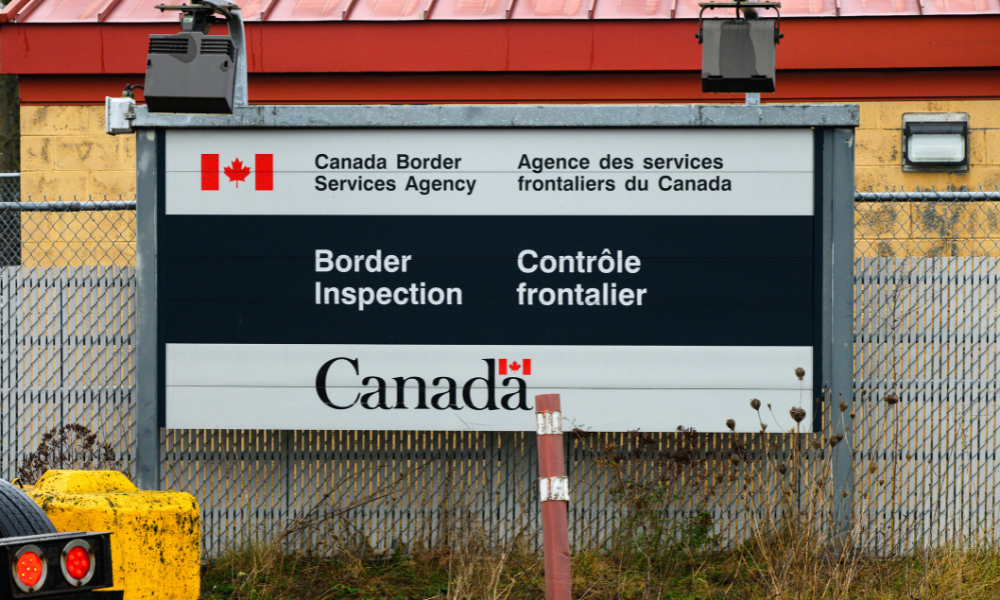Left unaddressed, burnout can have harmful impact on mental, physical health

Finally, burnout is getting more attention with the World Health Organization defining it as an “occupational phenomenon.” Although burnout is not a psychological disorder, its impact is significant on our health and overall performance. It is not a one-time event — there is gradual progression to burnout. As the symptoms of burnout can be chronic, prevention is key.
There is a need to look at the grand picture to have a better understanding and appreciation of burnout. Certainly, accumulation of work stressors can increase the risk for burnout.
Examples of psychosocial risks to burnout include:
•excessive workload or fast-paced work and not perceiving to have enough control or resources to cope with the demands
•long working hours with limited break or time to recharge batteries or engage in other responsibilities
•not perceiving support in the workplace, not perceiving support from colleagues and or managers; lacking trust in leadership
•role ambiguity or role conflict, for instance, not perceiving our role being aligned with our training, interest or competencies
•constant pressure and deadlines between work demands
•limited breaks between major work projects
•perception of injustice at work
•not perceiving one’s work as being recognized or valued
•job insecurity such as not perceiving we make a difference in our organization
•low rewards, for instance, not perceiving there are opportunities for work promotion, educational or employment opportunities or increased salary
•work interfering with our home life and increasingly noticing an imbalance between our work and person life.
Burnout also tends to be more present in human-service type occupations and where duties are emotionally or physically demanding.
There are a plethora of warning sign of burnout including exhaustion, mood fluctuations, low energy levels and difficulty concentrating and sleeping. Burnout can also manifest in reduced motivation, feeling emotional numb, and reduced interest in activities or hobbies. In addition, burnout reduces one’s ability to cope with stress, reduces productivity and increases work absences.
It is unclear how long it takes to become burnt out. Individual differences are present as well as personal, psychological, environmental and occupational factors that need to be taken into account. It helps to visualize burnout on a continuum and work on preventative and proactive strategies to prevent moving down the end of the continuum and experience the risk of the more severe side of burnout.
Mental health and physical problems
Burnout can also be present when suffering from clinical depression, anxiety disorder or other psychological disorders. In fact, there are shared symptoms between depression or anxiety and burnout, such as low energy, negative view of self or elevate fatigue level. However, burnout can also precede and increase the risk for psychological disorders such as depression, anxiety, substance use and post-traumatic stress symptoms.
Burnout has also been found to be associated with a range of physical health problems such as diabetes, cardiovascular disease, musculoskeletal pain, headaches and gastrointestinal problems. Studies have also indicated the risk of mortality below the age of 45 years.
Left unaddressed, burnout can have a harmful impact on our mental and physical health, increase the risk of psychological and physical health problems, contribute to low morale in the workplace in addition to increased workplace conflicts, accidents and absenteeism and reduced productivity and overall work and life satisfaction.
Fortunately, there are many proactive strategies organizations can adopt to prevent burnout among their staff. For starters, leaders with strong interpersonal skills who engage in open communication, show care and support and instil trust and hope and positivity can have a tremendous impact. Employers should assess workload and hours to help reduce pressure and ensure workers are coping well with the assigned tasks. Roles and responsibilities should be well defined and realistic expectations should be set. It’s also important for workers to be recognized and valued.
Additionally, companies should have wellness programs in place and encourage their staff to take breaks.
We need to focus on prevention and further our resilience pathways in order improve our understanding, education, research and interventions to ultimately reduce the risk of burnout.





